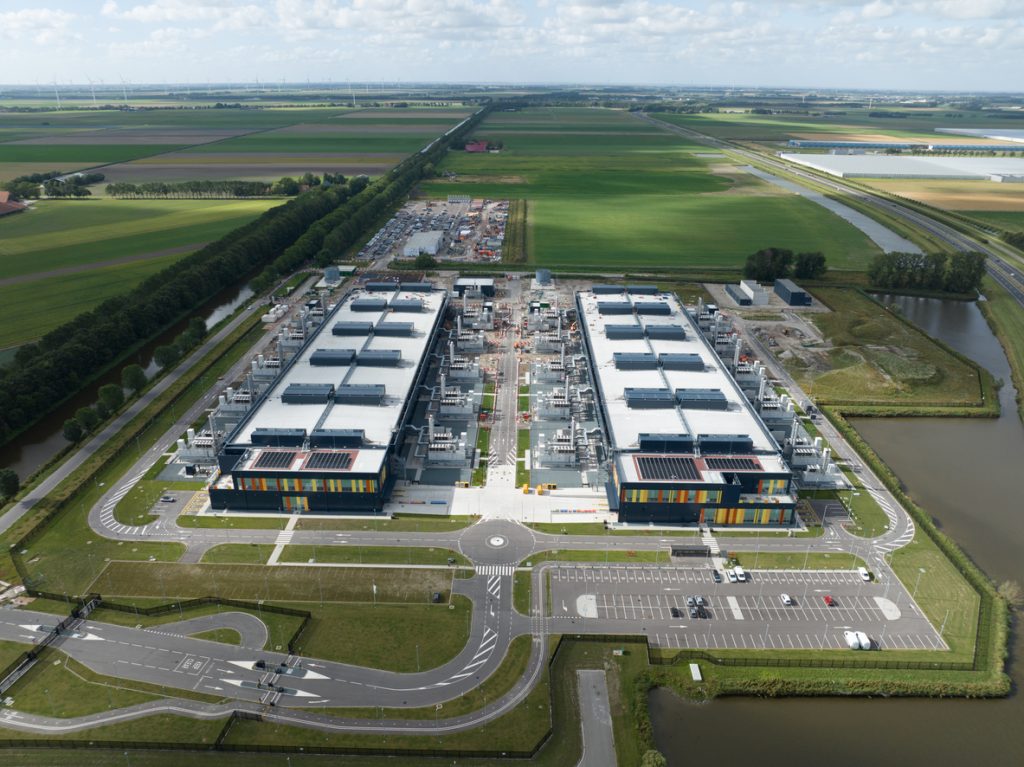A recent report by Australia’s ABC News highlighted growing concerns that proposed data centres in Melbourne’s west could compete with housing developments for access to water. As demand for digital infrastructure accelerates, so does the strain on essential services like water and power. To explore the challenges and possible solutions, we spoke with TBH Director and Global Data Centre Lead, Rob Hammond.
AI Is Accelerating Demand for Water and Power
Data centres are powering the digital economy and underpinning the growth of AI, cloud services and streaming technologies. But behind their sleek exteriors lies a growing challenge: they are significant consumers of both power and water. Industry experts believe that demand is only set to rise.
“AI is driving the development of high-capacity data centres that consume significantly more power than traditional systems,” says Hammond. “As energy use rises, so does heat output; and that heat needs to be managed, typically with water-based cooling systems.”
With demand for AI continuing to grow, the pressure on infrastructure and natural resources is only intensifying. The question now is how to plan for what comes next.
Melbourne’s Infrastructure Under Pressure
In the article recently published by the ABC, reporting revealed that Victoria’s Greater Western Water is currently reviewing 19 data centre applications, with a combined water usage request of almost 20 gigalitres per year. The proposed usage is the same amount 330,000 Melburnians used in the 2024 financial year, prompting debate around water security, housing growth and infrastructure capacity.
“The demand is skyrocketing. Even if only half of those applications proceed, the pressure on water infrastructure will be significant,” says Hammond.
Recycled Water as a Possible Next Step
Many experts point to recycled or stormwater as a more sustainable option for cooling data centres. Hammond agrees it’s a critical part of the solution, but notes that implementation will require deliberate planning.
“The challenge is quality, as non-potable water can carry risks for sensitive cooling systems,” he explains. “But internationally, we’re seeing treatment facilities take stormwater and even black water and process it into high-quality supply – typically to potable standards however it is not so acceptable here in Australia.”
Data centres can either invest in more robust on-site filtration systems or source water that’s already been treated to the required standard.
The potential is enormous. “Melbourne’s desalination plant processes around 150 gigalitres annually. But stormwater harvesting could offer at least twice that amount,” Hammond notes. “That’s the equivalent of two desalination plants, without the same heavy power burden associated with desalination.”
Is This the Future of Housing?
The rapid growth of data centres in Australia’s outer suburbs is raising concern about their impact on essential services. In Sydney’s Macquarie Park, data centres threatened to delay the construction of thousands of new homes due to pressure on the area’s water and energy supply. Melbourne’s west, one of the fastest-growing regions in the country, could face a similar outcome.
“It is a real threat. But it doesn’t have to be. The answer is coordinated, long-term planning,” says Hammond.
“Rather than treat housing and industry as competing priorities, planners and developers could reimagine how new communities are designed. One possible approach is a circular model that connects homes and data centres through shared utilities. Suburbs already produce grey and black water, which could be treated locally and reused. Add rooftop solar and localised water treatment, and the potential for integrated, sustainable design becomes clear,” he continued.
This kind of planning model could ease pressure on overstretched corridors while encouraging investment in renewables and water infrastructure. Location will also play a role. “When you concentrate facilities in one area, you strain everything; water, power, planning. With the right support systems, there are options to build in less congested areas.”
Sustainability as a Market Differentiator
Sustainability has become both an expectation and a strategic advantage in a highly competitive market. Hammond notes that several global hyper-scalers are securing significantly cheaper finance tied to sustainability goals.
“Everyone wants to be able to say they are green. Investors want it. Tenants want it. That shapes who gets the cheapest funding and who wins the big names.”
The Only Way Forward is Together
Solving these challenges requires collaboration across government, utilities, developers and industry.
“We need a proactive, integrated approach that brings all stakeholders together from the beginning,” Hammond says. “Everyone needs to be at the table early; developers, infrastructure providers, planning authorities. You don’t solve this by looking at housing separately to industrial development. It has to be a shared effort from the outset.”
Policy has a role to play too. “Mandatory efficiency standards, forward planning, shared responsibility and public reporting. We need alignment across the board.”
Planning Is in TBH’s DNA
With experience across critical infrastructure, data centre development, water, renewable energy and long-term planning, TBH is well placed to support all stakeholders in this transition.
“Our business is planning. When we talk about a 10- to 20-year horizon, it’s about bringing stakeholders together, building a shared vision, and mapping out the roadmap to get there,” says Hammond.
“That includes identifying the risks, understanding what we can manage, and working out how to mitigate them. This is our bread and butter. With data centre demands growing here and globally, we’re well placed to help deliver long-term solutions that work for future generations.”


